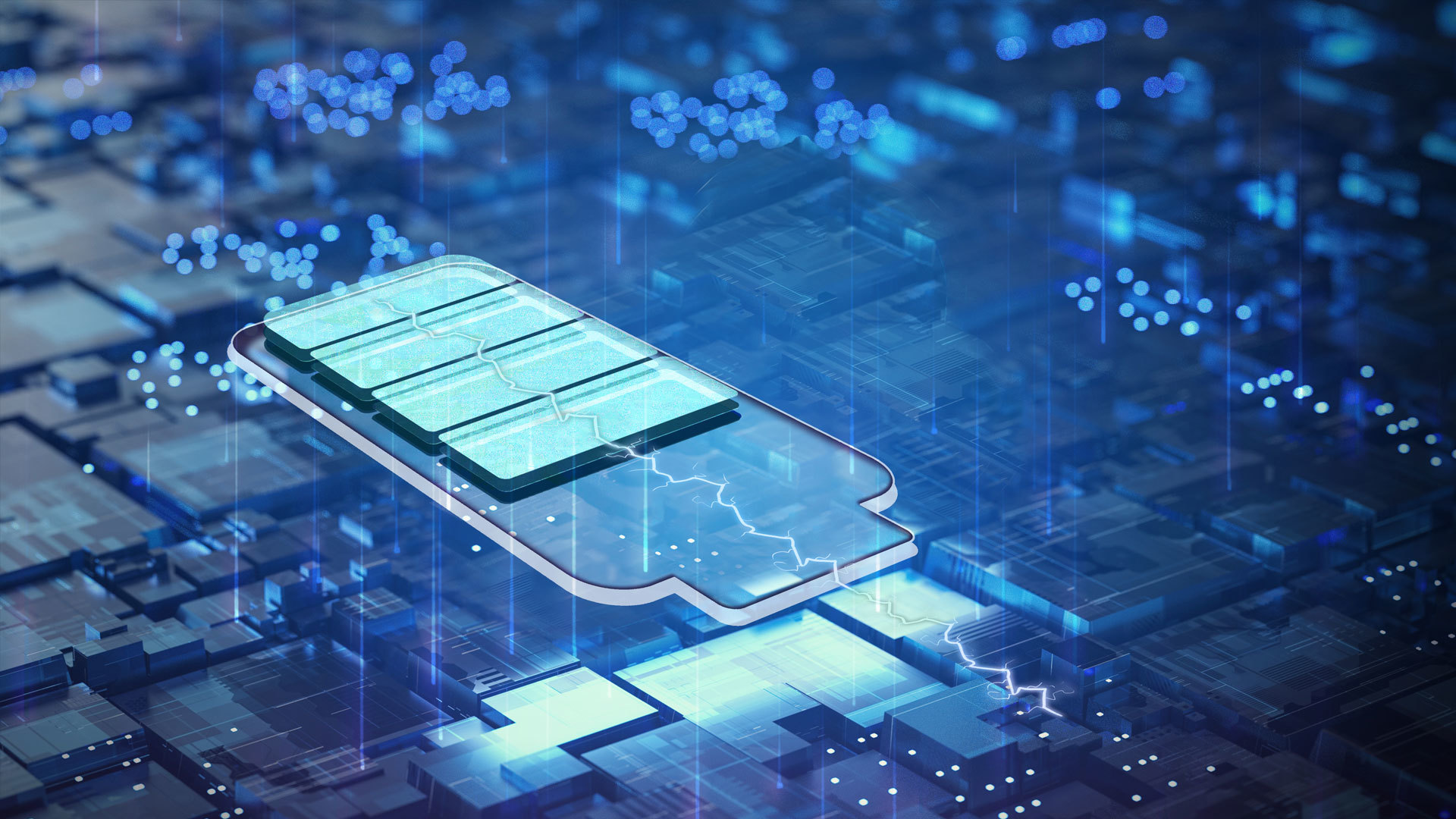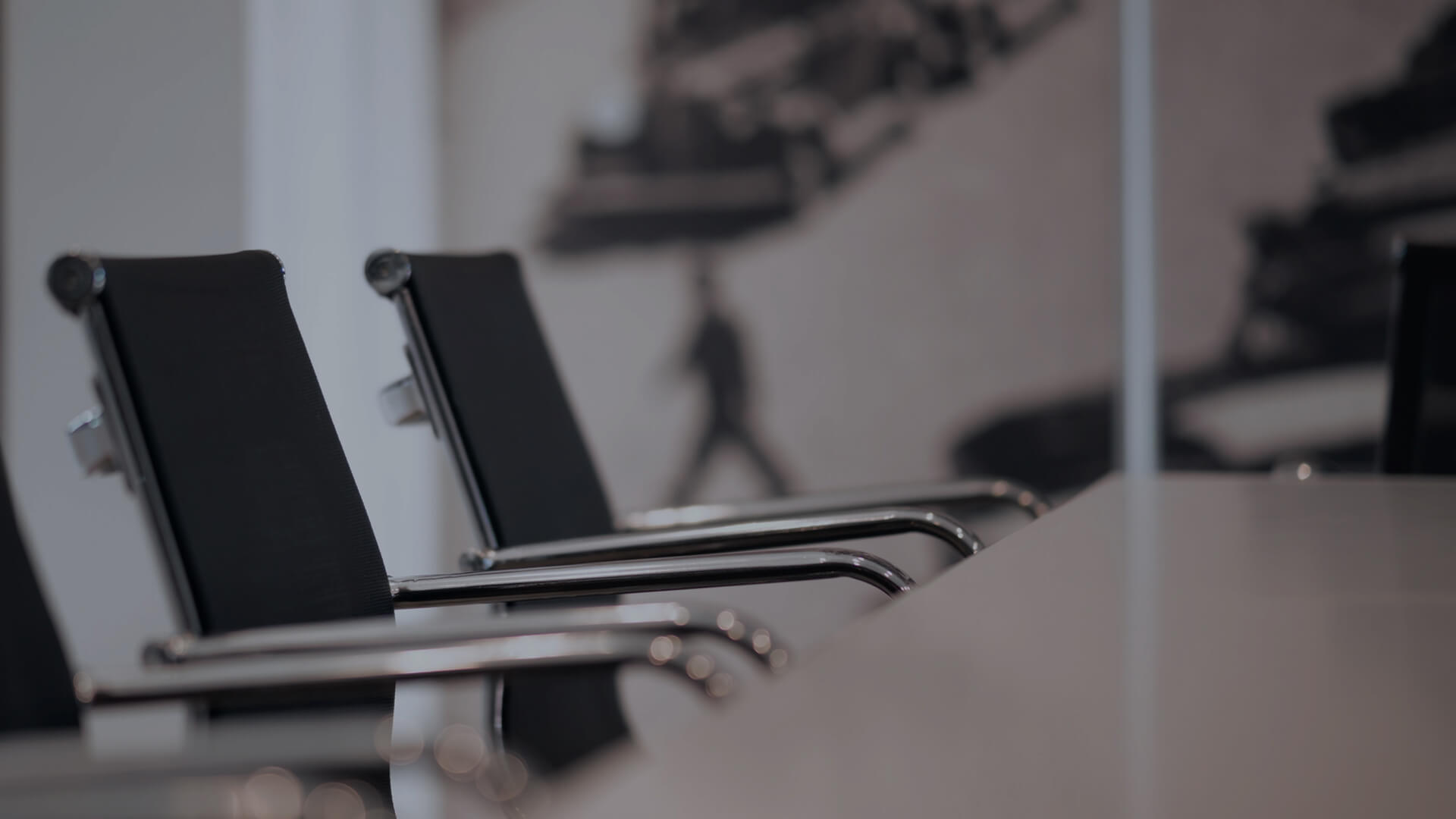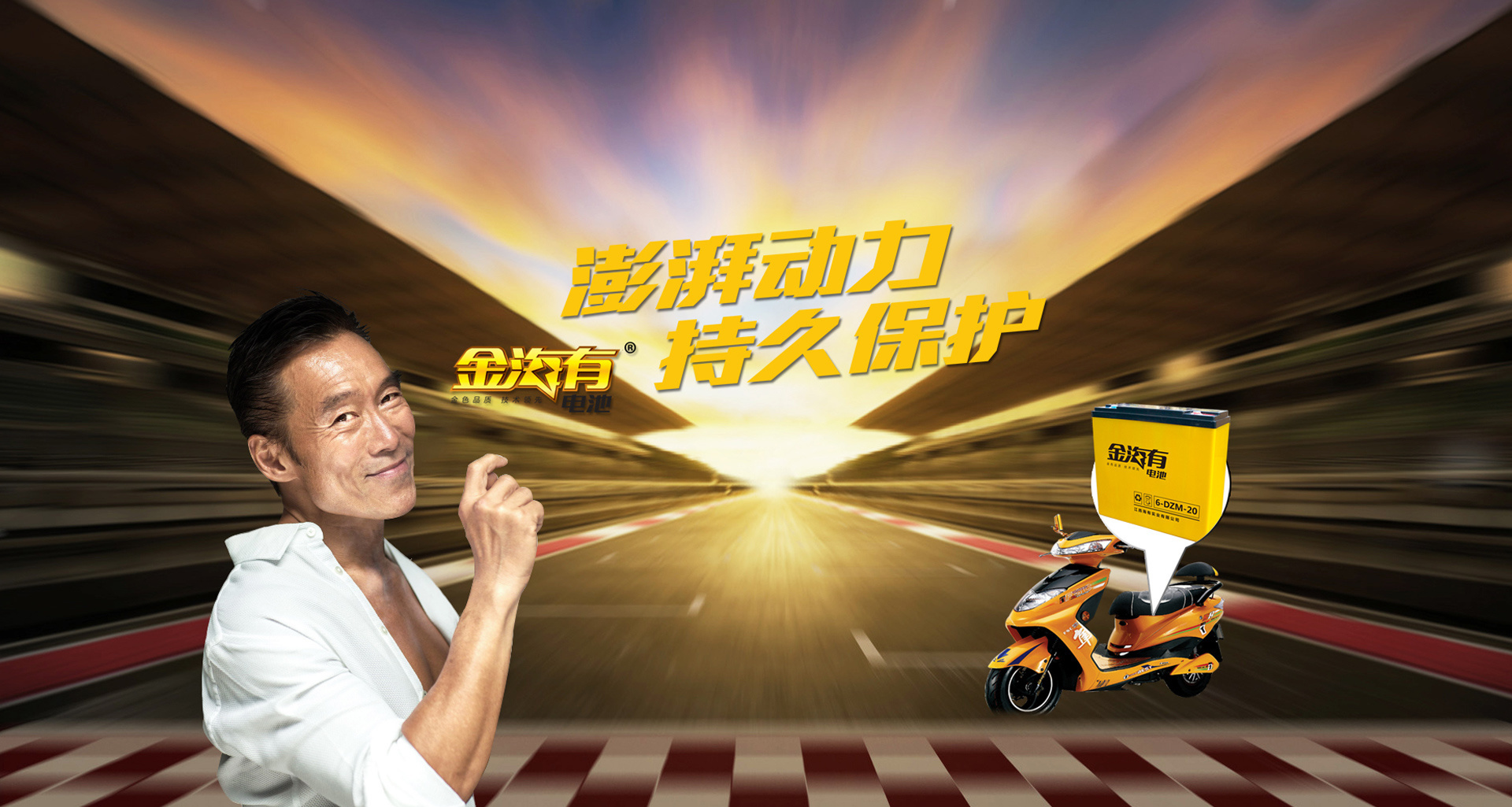Use and consumption of wollastonite
Release time: 2020-06-11 11:12:00.000
author:
source:
Wollastonite is widely used in ceramics, plastics, asbestos substitutes, metallurgy, coatings and other departments because of its low water absorption, thermal stability and conductivity, and chemical inertness. At present, the world's annual consumption of wollastonite is about 600000 t, ceramics account for about 40% ~ 50%, plastics 20% ~ 25%, asbestos substitutes 20% ~ 25%, metallurgy 10%, pigments and other 5%. High aspect ratio wollastonite (15:1~20:1) is mainly used as a reinforcing functional filler in coatings, plastics and rubber to improve hardness, bending strength and impact resistance, but also can improve the electrical properties of plastics, improve their thermal stability, enhance corrosion resistance and improve wear resistance; also can replace asbestos for the manufacture of friction materials, insulating materials and flame retardants. Grinding grade wollastonite (low aspect ratio wollastonite 3:1~5:1) is mainly used as a raw material for CaO and SiO2 in ceramic and glass manufacturing processes and as a low-temperature flux in the metallurgical industry. The consumption structure of wollastonite in the world is shown in Table 1.
As can be seen from the above table, the main use of wollastonite in the world today is the ceramic industry, plastic rubber paint coatings to do functional fillers. Ceramics are the largest consumption area of wollastonite, and nearly half of the world's annual production is consumed in this area. Wollastonite as ceramic raw material, can increase the strength of ceramic body and ceramic products, reduce ceramic fragmentation and glaze spots, increase the glaze surface gloss, but also reduce fuel consumption (can save fuel 60%). Therefore, wollastonite is a very promising energy-saving ceramic raw material. Some experts predict that the demand for wollastonite in the ceramic industry will increase year by year at a rate of about 5%. The acicular wollastonite powder is used for special ceramics.
Needle-like wollastonite powder because of the needle-like structure, and non-toxic harmless, can partially replace asbestos, glass fiber, pulp, etc., and the price is relatively cheap. Due to the long-term exposure of asbestos in the air will cause pollution to the environment, many countries in the world have formulated laws and regulations to restrict or prohibit the use of asbestos. Wollastonite has become the best substitute for asbestos because of its thermal stability and various enhanced properties and non-toxic and harmless. In recent years, the consumption of wollastonite as a substitute for short fiber asbestos has increased rapidly, with 35000~40000 t high aspect ratio wollastonite consumed in building materials and insulation industries every year. It is mainly used in fire wall panels and cement materials, friction materials. Other applications include interior wall panels, roofing tiles, high temperature insulation tiles and panels. The original use of asbestos friction materials to switch to high friction levels of needle-like wollastonite, including brake pads, valve plugs, automotive clutches, the current market in many parts of the world is growing steadily.
The fastest growing consumer sector of wollastonite is the plastics industry. Adding wollastonite powder to plastics can improve the tensile strength and flexural strength of plastic products, reduce the amount of resin, and improve the thermal stability and shape stability of plastics at high temperatures. Surface treatment of acicular wollastonite powder can improve the adsorption strength of wollastonite and organic polymers and improve the properties of molded products. It is widely used in automotive plastics, PP, PV, PVC and other plastic products. At present, the automotive plastics market has become the fastest growing consumer segment of wollastonite.
High purity wollastonite powder, as an inorganic white pigment, is widely used in coatings, can replace expensive titanium dioxide; in light-colored rubber products can also replace a part of anatase titanium dioxide, the price is only one tenth of titanium dioxide.
The world's major consumer countries and regions are: Europe, the United States, Japan, India, Mexico, China and so on. Wollastonite in North America is mainly consumed by the ceramic industry, but per capita consumption of ceramic tiles is lower than in Asia and Europe. The consumption of wollastonite in Europe is mainly used in the ceramic industry and metallurgical industry, and the consumption of wollastonite in India is mainly used in the ceramic and coating industry. China's wollastonite is mainly consumed in glazed tiles and ceramic blanks, accounting for more than 50% of the total consumption of wollastonite; other consumer areas are plastics, rubber, coatings, metallurgy, construction and asbestos substitutes. At present, the annual consumption of wollastonite in China is about 100000 t. The main areas of consumption are ceramics, accounting for about 55%; metallurgy, accounting for about 30%; others (plastics, rubber, paper, coatings, welding electrodes, etc.) account for about 15%.
The United States is an important consumer of wollastonite in the world, and domestic sales of wollastonite in 2002 were basically the same as in 2001. Sales in the plastic consumer sector increased, while sales in other consumer sectors remained unchanged or declined slightly. In terms of product types, due to the slowdown in the U.S. economic growth and competition in foreign wollastonite prices, sales of low-value wollastonite products in the U.S. declined in 2002, while sales of high-value wollastonite products increased, but the total amount was small and had little impact on total domestic wollastonite sales. Wollastonite consumption in the United States is mainly in industrial sectors such as ceramics, metallurgy, coatings and plastics. In recent years, the main consumption structure of wollastonite is as follows: plastics 37%, ceramics 28%, metallurgy 10%, coatings 10%, friction products 9% and other 6%.
More news
There are many reasons for battery charging, not necessarily battery quality problems
The battery is the most critical core component of electric vehicles, known as the "heart" of electric vehicles, in the use of electric vehicles, sometimes the battery drum situation. Once the battery is charged, many electric vehicle users think that it is a battery quality problem. In fact, there are many reasons for the battery charging drum, which is not necessarily a battery quality problem. 1. charger quality problems. At present, the electric vehicle market is flooded with a large number of inferior chargers. Some miscellaneous electric vehicles are mostly equipped with such chargers in order to reduce costs and increase profits. Many consumers do not pay attention to the quality of chargers and are greedy for cheap prices. They will also buy such chargers. Generally, the cost is only a dozen yuan. The electronic components of this kind of charger are basically made of inferior materials, which are easy to damage. The frequent problem is that the battery does not turn the light after it is fully charged, and the charging current cannot be adjusted according to the battery current, resulting in a large number of batteries overcharged. After that, the battery will be charged. Inferior charger is the primary cause of battery charging drum, accounting for about 70%. 2. the problem of charging time. Electric vehicle battery charging is generally not more than 8 hours, and many electric vehicle users for the convenience of the diagram, often overnight charging, charging time is often more than 12 hours, and sometimes even because of the forgotten charging time is often more than 20 hours, this is bound to cause great damage to the battery. Too long charging time leads to about 10% of the battery charging drum. 3. charger matching problem. At present, many families have two or more electric vehicles, and many electric vehicles are of different brands and batteries are of different models. Chargers are naturally different and cannot be used universally. However, some electric vehicle users often use them in a mixed way during use. Use a 60V charger to charge a 48V battery and a 20AH charger to charge a 12AH battery. The charging voltage and current do not match, of course, it will cause the battery to overcharge and flush. The matching problem of the charger causes the battery charging drum to account for about 10%. 4. often use fast charging stations for charging. At present, many cities have a large number of fast charging stations, on the one hand, it brings convenience to electric vehicle users, on the other hand, high-current charging of fast charging stations leads to serious gas evolution and water loss of batteries, and long-term use is also an important reason for battery flushing. Frequent use of fast charging stations causes the battery to charge about 5% of the drum. 5. the quality of the battery. The quality of the battery may also lead to the battery charging drum, but the battery charging drum phenomenon caused by quality problems generally occurs after one year of use, and only accounts for about 5% of the normal charging drum. Therefore, the proportion of charging drum caused by the battery quality is actually very small, but no matter what the reason is, the battery charging drum is often the black pot. Some batteries that are used within half a year are not caused by battery quality problems, 99% of which are not caused by experience. As an industrial product that needs after-sales service, it is normal for electric vehicles to have problems. Whether it is battery charging or not running far, it is a problem that electric vehicle batteries may encounter during use. We should have a good attitude to face it. The problem is not terrible, as long as the manufacturer can solve it responsibly, if it is indeed the cause of the battery quality, I believe the manufacturer will be responsible for the implementation of after-sales service in accordance with the relevant after-sales standards, do not worry.
Power battery revolutionary breakthrough is just a slogan?
2016年2月24日召开的国务院常务会议确定进一步支持新能源汽车产业的措施,以结构优化推动绿色发展。会议提出,加快实现动力电池革命性突破。推动大中小企业、高校、科研院所等组建协同攻关、开放共享的动力电池创新平台,在关键材料、电池系统等共性、基础技术研发上集中发力。中央财政采取以奖代补方式,根据动力电池性能、销量等指标对企业给予奖励。加大对动力电池数字化制造成套装备的支持。 那么该如何看待政府高层对新能源汽车,特别是纯电动汽车的发展态度呢? 首先,从目前已经上市并批量销售的纯电动汽车看,其基本续航里程平均在250-300公里,低端的只有150-200公里,高端的可达350-400公里。充电时间一般慢充6-8个小时充满,快充30分钟可达到80%的水平。 其次,就是电池的低温和衰竭问题还是较为突出的。一方面在北方寒冷地区,到了冬季,即便充满电,车辆也无法行驶应有的里程;另一方面随着连续使用,电池组逐年呈现快速衰减的情况,原来充满电能跑100%的,到了第二年可能只能跑80%,到第三年甚至只能跑50%。 此次国务院常务会议针对动力电池提出发展目标,应该说是切中要害。但是,何为“革命性突破”,却还未见任何权威解释。 一种理解就是未来新能源汽车的动力电池无论是续航能力、充电时间还是衰竭率,都取得突破性进展,充满一次电的续航里程与同级别传统燃料汽车相当,充电时间从目前的以小时计转为按分钟计,使用若干年后其仍有不低于85%的电能,这当然是一个完美的结局。 另一种理解就是虽然续航能力和充电时间没有实质性提升,但是动力电池的安全性得到有效提高,不因频繁的插拔而导致火灾等的发生,这样就为未来动力电池换电模式创造了良好的条件。 当然,如果在可预期的将来,既能使动力电池的续航能力得到提升,充电时间大幅缩短,同时还能确保其安全性更加可靠,那就更为完美了! 然而,美好的理想与骨感的现实总是有着差距的。此次国务院常务会议提到的要协同大专院校、科研机构和企业的力量,其大方向应该是极为正确的,集中力量办大事是我们有中国特色的社会主义制度的最大优势。但是如何做到创新平台的开放共享,在市场化大环境下却是不易实现和做到的。该如何解决在相关的研发中,大专院校、科研机构和企业的分工问题?费用又该如何分担?最终相关的知识产权归谁所有?对企业改为“以奖代补”,以避免骗补行为,但是又该如何防范在大专院校及科研机构层面可能出现的骗补问题? 此外,表面看,大专院校和科研机构应该更多地担当研究的任务,但是对于实用型产品,更多地是一个系统集成和数据积累的过程,此时企业恐怕更为强势,而且离开企业参与的研发最终能否商业化都是存在问题的。 最后,哪些企业可以参与其中?是只有车企可以参与,还是只要是有意愿的企业均可介入?是由国家搭建一个或若干个平台,还是由不同的企业与不同的院校组建研发联盟,广种薄收?这恐怕涉及到开始就如何在供给侧进行顶层设计和安排的问题,处理不好,难免一哄而起,一啸而散。 由于目前有些地方把混合动力汽车排斥在新能源汽车之外,而作为传统燃料汽车的一个过渡性产品,混合动力汽车对于传统车企来说,不但可以最大限度地利用已有的资源,减少浪费,同时也能实现减少对传统燃料的使用和减少排放。因此如果过于激进地跨越混合动力汽车这个门槛,而直接大力发展纯电动汽车,面对新能源汽车其实仍未最终确定的技术路线,虽然大力发展动力电池的方向不错,但是其结果能否如愿,实在令人担忧。希望“取得革命性突破”不是仅仅停留在激情的口号上,在新能源汽车发展初期政府有关部门提出的所谓“弯道超车”战略的经验教训应该予以汲取!
Modified Airflow Grinding of Calcium Hydroxide
Everyone should be very familiar with calcium hydroxide, and this product will be used in many fields. For example, this product is used as a plastic filler, which can not only achieve increment, but also reduce the cost of the product, but also improve some properties of plastic products. Of course, this is mainly due to its modified airflow crushing characteristics. In order to better understand the modified airflow crushing characteristics of the product for our normal use, let's take a look at what are the characteristics of modified airflow crushing. 1, from the volume effect, calcium hydroxide is a homogeneous system, the refinement of filler particles and strong dispersion in the resin is the key to the formation of homogeneous system, but refinement will enhance the agglomeration between particles. 2, the use of high-speed airflow action of the jet mill to make the particles collide with each other and refine, and the use of the high turbulence of the jet mill and the mechanical and chemical effects of particle collision, so that the surface modification of calcium hydroxide particles. 3. Compared with the traditional crushing and modification process, modified airflow crushing can simplify the production process and reduce equipment investment, which is very beneficial to reduce costs and improve economic benefits. 4, calcium hydroxide particle surface and matrix resin to form a strong interface affinity, unmodified particle surface contains a large number of hydroxyl groups, incompatible with the resin, the need for surface coating method in the particle surface structure of a layer of organic molecules. The characteristics of calcium hydroxide modified airflow pulverization and the promotion of the modified airflow pulverization process of the product will have an impact on the development of the filler industry, promote the agglomeration of molecules, and further enhance the performance of the modified hydrated lime. Therefore, the product is also widely used in the industrial industry. Of course, no matter how wide the product field is, the product is ultimately a chemical raw material, so corresponding protective measures must be taken in daily use, thus, accidents in operation engineering are avoided.


Telephone

Website

Address
No.1 Jinxing Road, Yugan Industrial Park, Shangrao

Email: 1037015826@qq.com
Looking forward to your letter
TeL:400-106-0766
Online time:8:30-20:00



